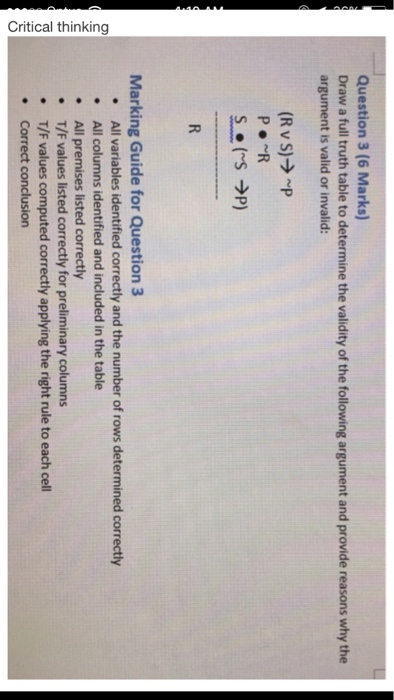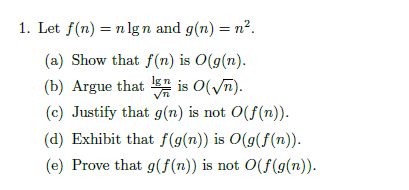
Show how one can compute the value of the following recurrence t(n) in O(log n) arithmetic steps using the ideas from the “Perrin Numbers” notes. t(n) = 3 middot t(n – 1) + t(n – 3) – 7 middot t(n – 4), where t(0) = 1, t(1) = 4, t(2) = 8 and t(3) = -2


![QUESTION 3 20 (a) 17 Marks] Write a subroutine that receives from the main program a l of real variables and returns the geometric and harmonic means of the array. 1-D array of size n Geometric mean = ( χ1.x2 ...-m )1/n Tn Harmonic meanT xn x1 x2 x3 (Do not write the main program. The main program will follow in part (b)).](https://d2vlcm61l7u1fs.cloudfront.net/media%2F0da%2F0da42e3c-9f61-4618-9da5-e1f0668b054d%2Fimage)
![ID: (e) 15 MARKS]. Write a subroutine that receives from the main program two 2-dimensional arrays A and B each of size m by n. The subroutine creates array C which includes the elements of arrays A and B as shown in the example below. Section: Example: 4 41 B=15 51; 1 1 4 4 C-[A B-12 2 55 3366 A-12 21: Your subroutine must be general (i.e. it can be used for any values of m and n) Do not write the main program).](https://d2vlcm61l7u1fs.cloudfront.net/media%2F81f%2F81f39167-a5a3-42fe-8f41-c1a1d245028f%2Fimage)
![Student No: (a) [5 Points] Write a subroutine that receives two 1-D arrays A and B are integer numbers of size n that are passed from the main program and returns a third 1-D array C of size n. Each element in C shows whether an element from A can be divided by the corresponding element in B. See the example below. You are requested to write the subroutine only while the main program will be in the next section. 10 2](https://d2vlcm61l7u1fs.cloudfront.net/media%2F950%2F9504dd60-875d-463a-ade3-b3325b156d49%2Fimage)

